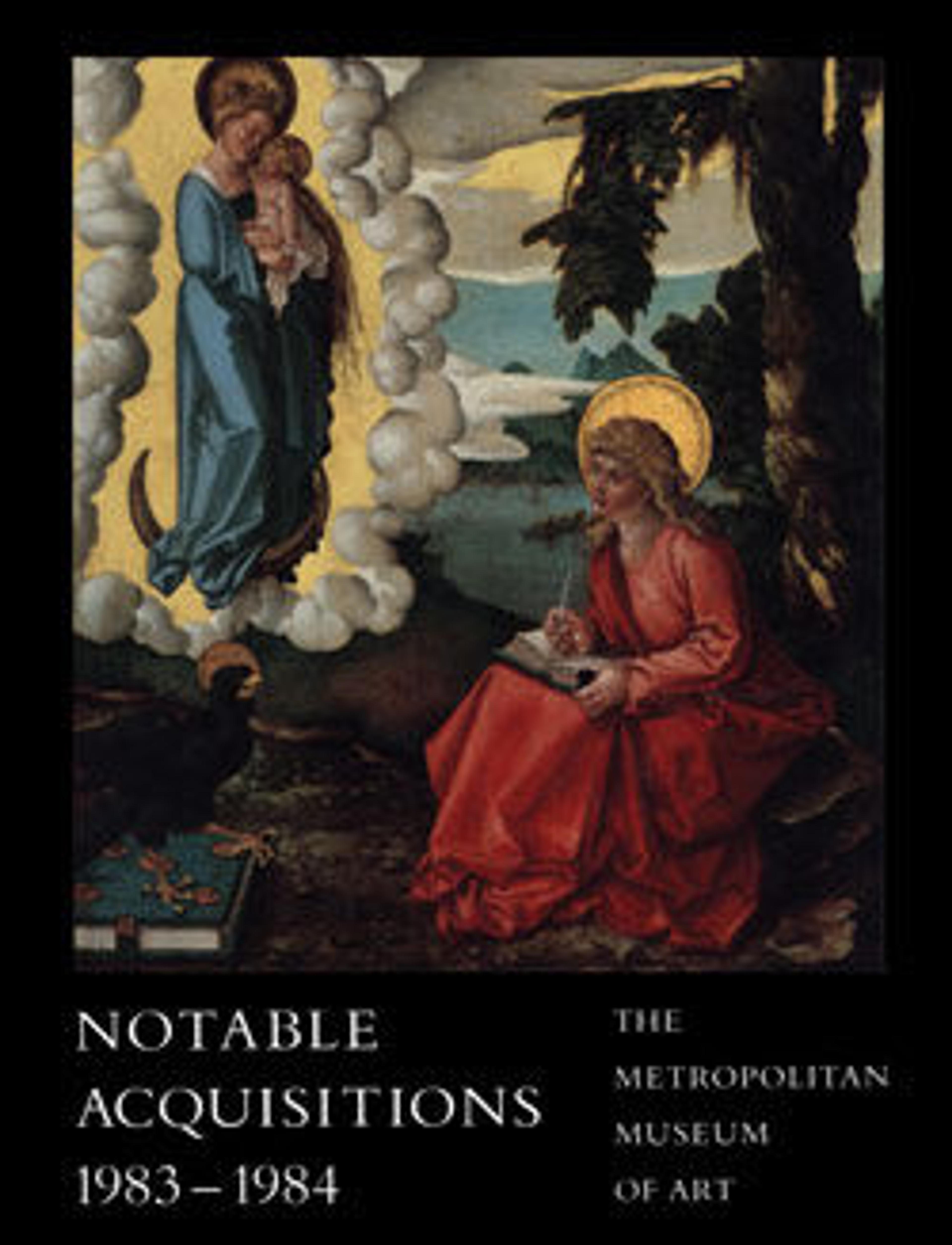The Mouse Catchers
Genre sculpture at Capodimonte has a directness and reality quite distinct from that produced at other Continental porcelain factories. Capodimonte figures are not the picturesque street peddlers of Edme Bouchardon’s Cris de Paris; nor are they the idealized lovers and children inspired by Boucher, J. E. Nilson, and their followers. They are, rather, genuine peasants, tradesmen, and young couples encountering daily life, portrayed unsentimentally but with sympathy and humor.
In this group, one of only two known examples of the model, the routing of mice from a linen chest is depicted in a manner in which energy and apprehension are charmingly combined. From the modeling of the figures with their small heads, and the spare painting, it would seem that the group dates from the early period of the factory’s work and perhaps anticipates a later one in a similar vein, the Rabbit Catchers.
In this group, one of only two known examples of the model, the routing of mice from a linen chest is depicted in a manner in which energy and apprehension are charmingly combined. From the modeling of the figures with their small heads, and the spare painting, it would seem that the group dates from the early period of the factory’s work and perhaps anticipates a later one in a similar vein, the Rabbit Catchers.
Artwork Details
- Title: The Mouse Catchers
- Manufactory: Capodimonte Porcelain Manufactory (Italian, 1740/43–1759)
- Modeler: Giuseppe Gricci (Italian, ca. 1700–1770)
- Date: ca. 1745–50
- Culture: Italian, Naples
- Medium: Soft-paste porcelain
- Dimensions: Height: 5 7/8 in. (14.9 cm)
- Classification: Ceramics-Porcelain
- Credit Line: Gift of Douglas Dillon, 1983
- Object Number: 1983.488.3
- Curatorial Department: European Sculpture and Decorative Arts
More Artwork
Research Resources
The Met provides unparalleled resources for research and welcomes an international community of students and scholars. The Met's Open Access API is where creators and researchers can connect to the The Met collection. Open Access data and public domain images are available for unrestricted commercial and noncommercial use without permission or fee.
To request images under copyright and other restrictions, please use this Image Request form.
Feedback
We continue to research and examine historical and cultural context for objects in The Met collection. If you have comments or questions about this object record, please contact us using the form below. The Museum looks forward to receiving your comments.
